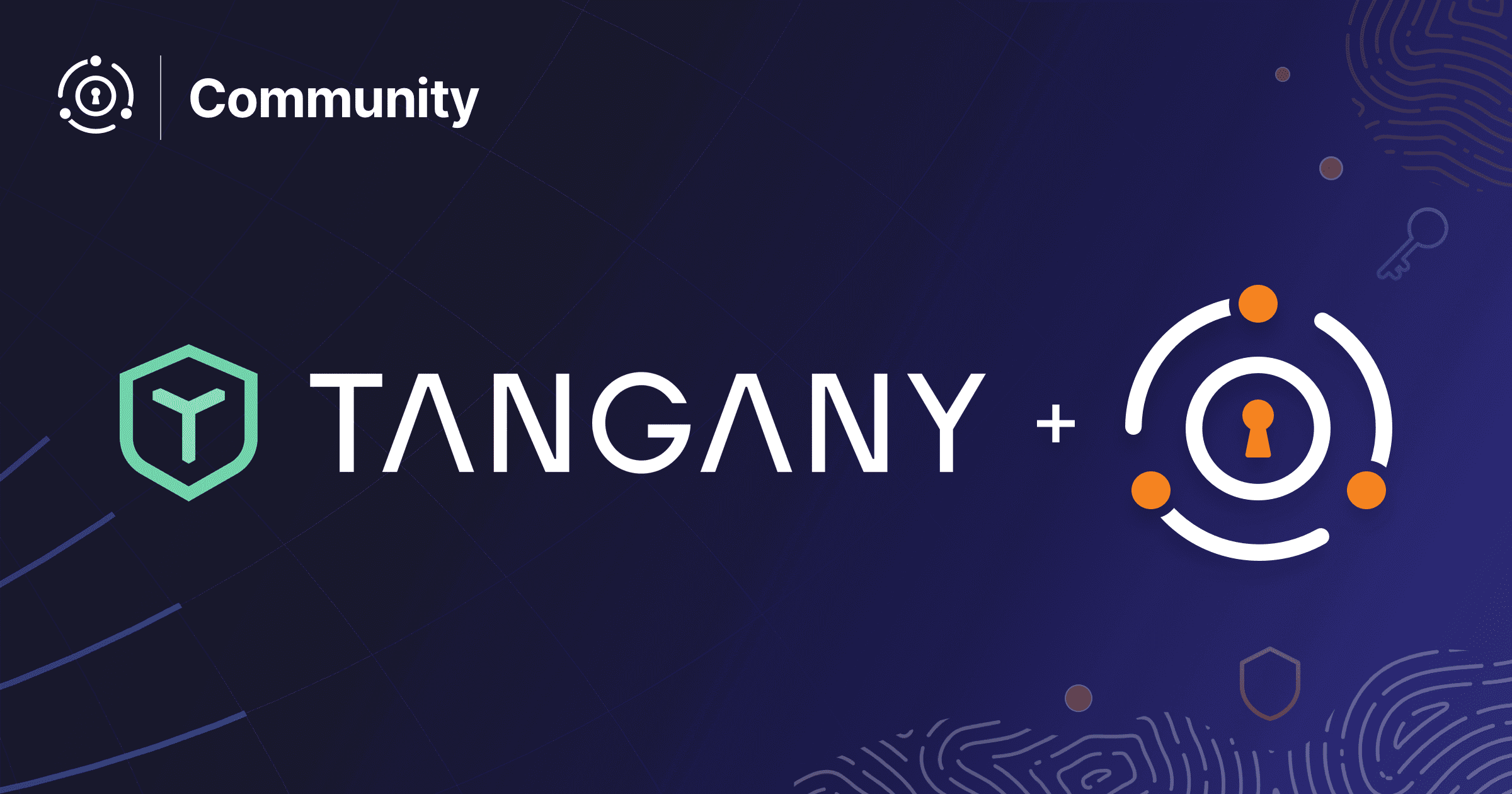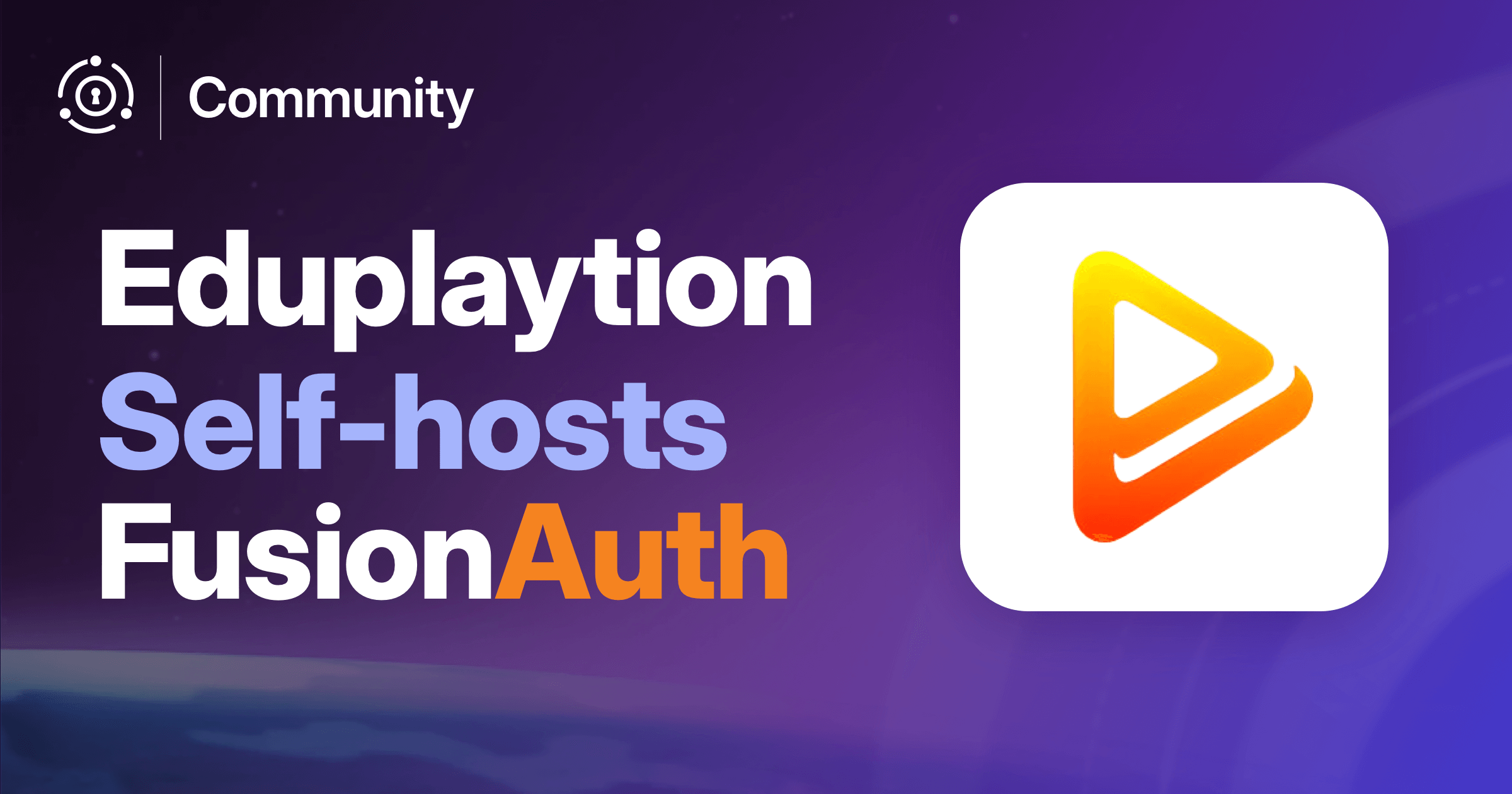Jens Schaefer is a FusionAuth community member and software developer at Tangany. He chatted with us over email about how he and his team are using FusionAuth to meet their auth needs.
This interview has been lightly edited for clarity and length.
Dan: Can you tell me a bit about Tangany? What is the company’s mission?
Jens: Tangany is a regulated fintech company based in Munich, focused on enabling its partners to offer digital asset services by providing them with the necessary technology, infrastructure, expertise and regulatory licenses. We are committed to driving innovation in the financial industry and leveraging technology to make digital assets accessible to as many people as possible.
Dan: Are your main clients consumers, finance firms, financial advisors or someone else?
Jens: Our clients mainly consist of financial institutions like banks, brokers and asset managers. But we also have partners in the Fintech industry.
Dan: What is the unique problem Tangany solves?
Jens: Tangany addresses the complexity and regulatory hurdles financial institutions face when entering the digital asset market. By offering a fully integrated, cloud-based custody solution that simplifies technical infrastructure challenges and ensures compliance with stringent regulatory requirements, Tangany provides a faster and more cost-effective solution for entering the digital asset market.
We were looking for a reliable authentication service to scale our solution, provide new features, and add additional security mechanisms to the existing system.
Dan: What do you find to be the greatest challenge about the service you provide (doesn’t have to be authentication related!).
Jens: Integrating the fast-moving world of digital asset custody into the more slow-paced world of traditional finance.
Dan: Tell me about your role at Tangany.
Jens: I have been a software developer at Tangany for over four years now (wow, time flies…) and have been part of a team building our Partner Portal where customers can manage their access to the APIs provided by Tangany.
Dan: How do you use FusionAuth? OAuth? User management? Social sign-on? Something else?
Jens: We use FusionAuth for our user management and OAuth 2.0 flows to authenticate our partners in the B2B portal.
FusionAuth had a more stable developer experience and seemed to be a good balance between reliability, effort to integrate, feature set, and price.
Dan: What problems did we solve for you?
Jens: We were looking for a reliable authentication service to scale our solution, provide new features, and add additional security mechanisms to the existing system.
Dan: How were you solving them before FusionAuth?
Jens: We were using another authentication provider.
Dan: How are users added to FusionAuth? Is it self-service registration or are you using the APIs to create and register users?
Jens: We use the API to add new users to our system.
Dan: What security mechanisms or features are on your near-term roadmap?
Jens: Step up authentication will enable us to provide a more secure workflow within our applications. We tested this FusionAuth feature during the vendor selection phase.
Due to regulatory requirements, we required a provider capable of self-hosting.
Dan: Why did you choose FusionAuth over the alternatives?
Jens: FusionAuth had a more stable developer experience and seemed to be a good balance between reliability, effort to integrate, feature set, and price. Due to regulatory requirements, we required a provider capable of self-hosting.
Dan: How much time and money would you say FusionAuth has saved you?
Jens: As we are in the early stages of production deployment, we are unable to estimate this yet.
Unfortunately, we continue to encounter challenges in monitoring audit and login logs. We had to develop custom solutions to store them within logging platforms due to our self-hosted environment. [editor: Tangany team members have filed an issue about their challenges. Check it out to learn more and/or upvote it.]
Dan: How do you run FusionAuth (Kubernetes, standalone server, behind a proxy, etc)?
Jens: For regulatory compliance, we’ve opted to operate FusionAuth within a self-hosted cloud environment.
Dan: In that cloud environment, are you using the docker image, an RPM, or something else?
Jens: We are using Terraform and the FusionAuth Docker images for deployments.
We love sharing community stories. You can check out Tangany’s website if you’d like to learn more.









